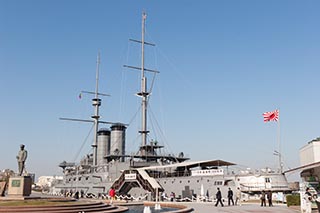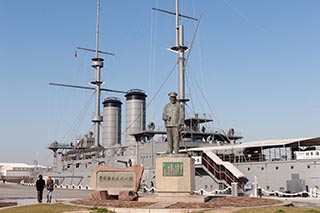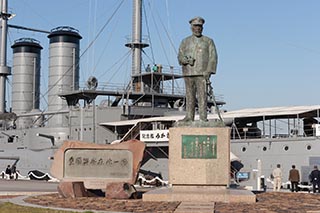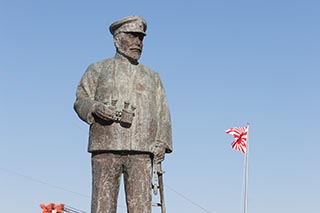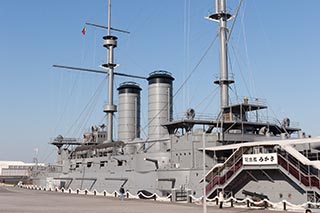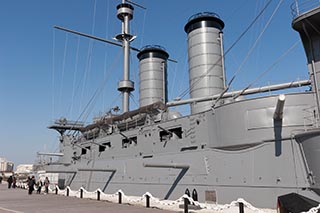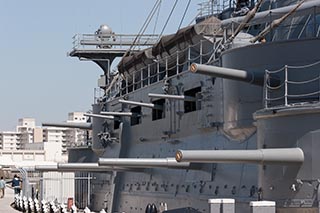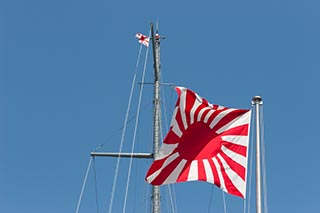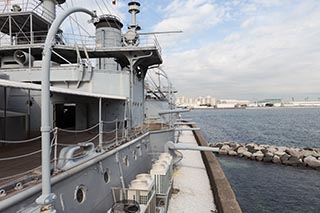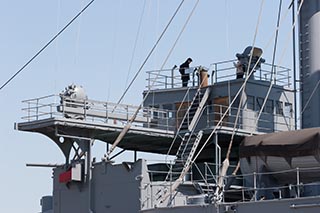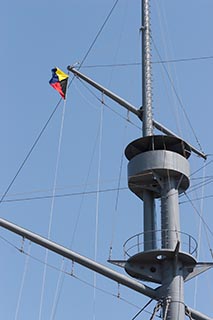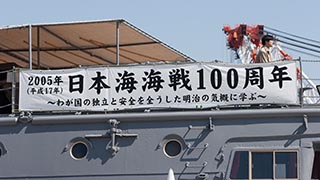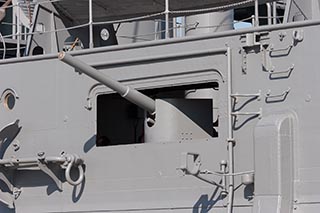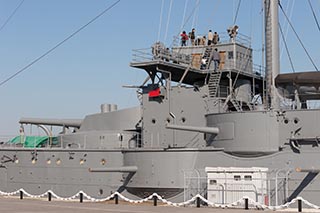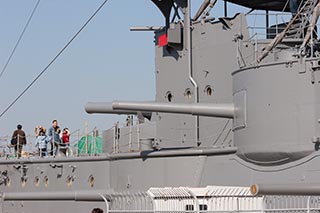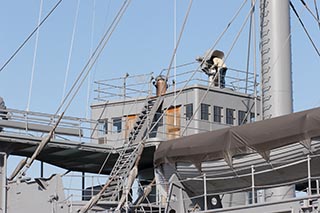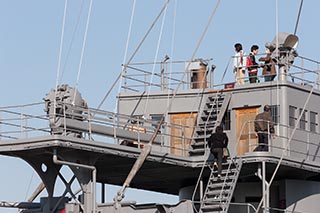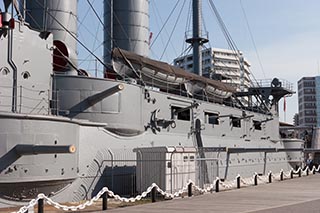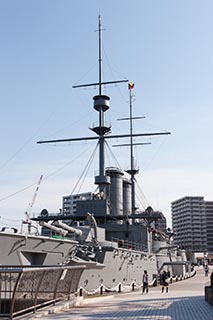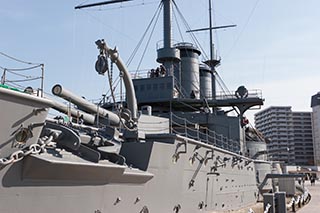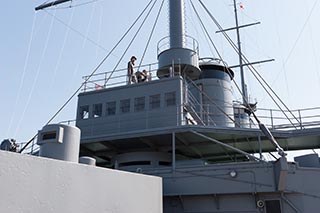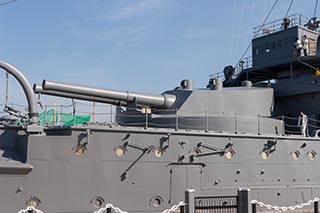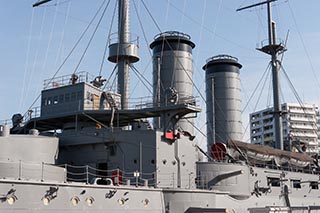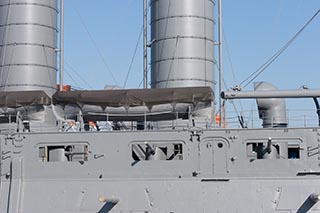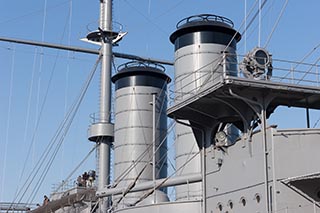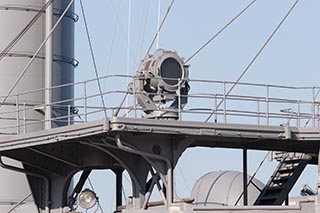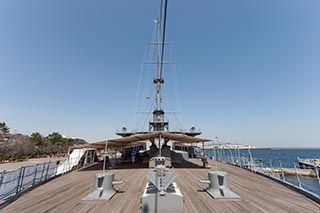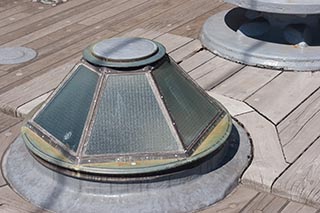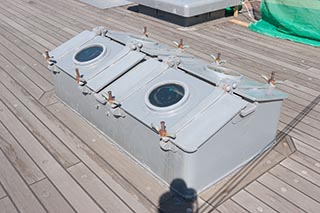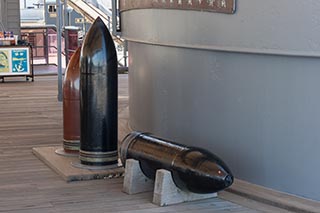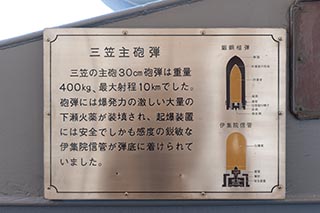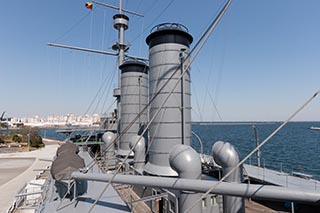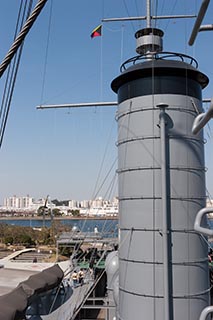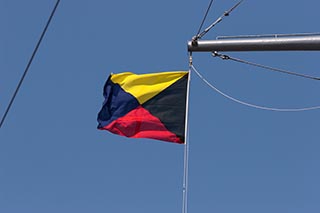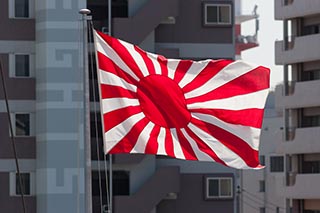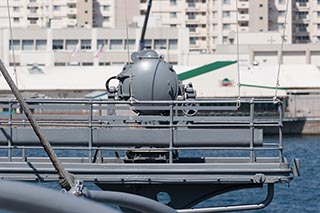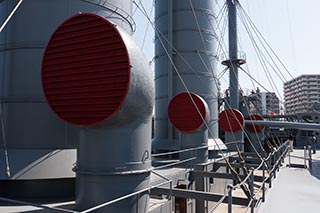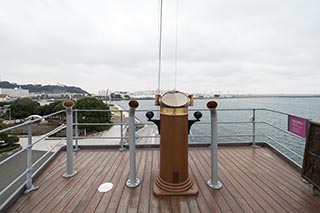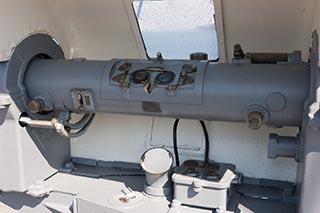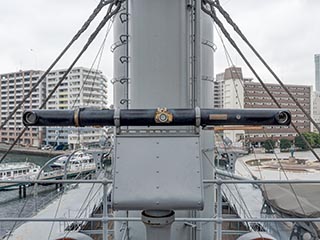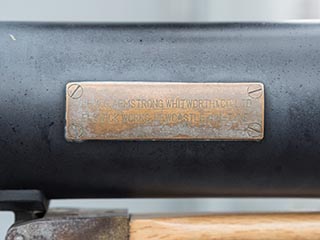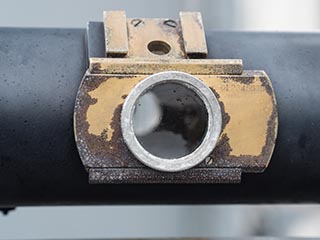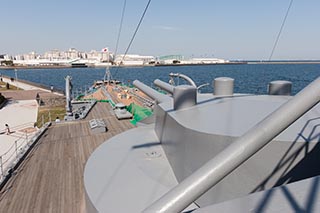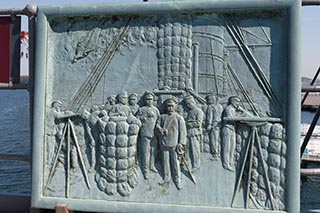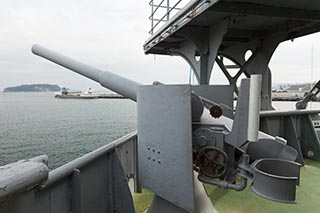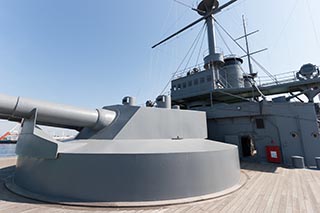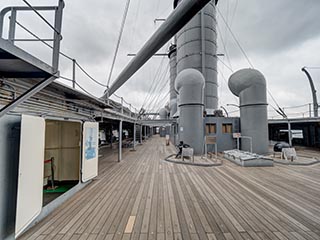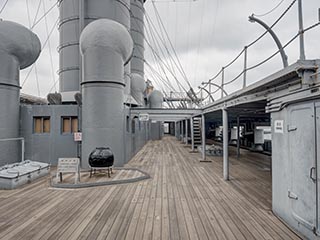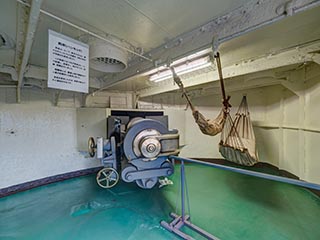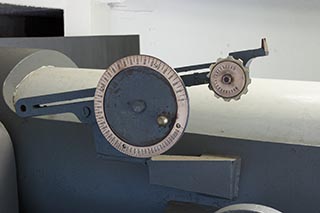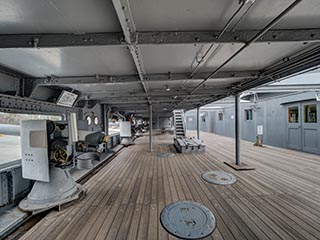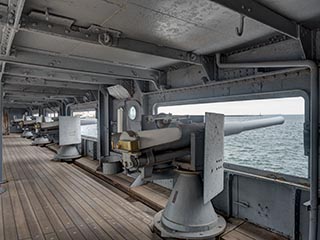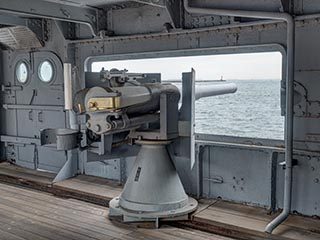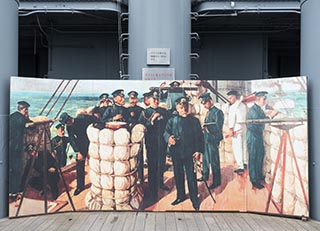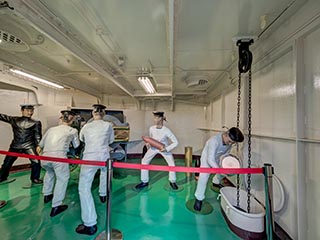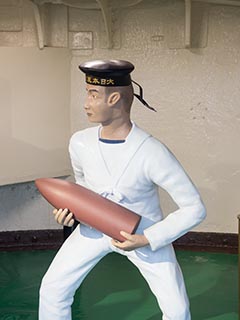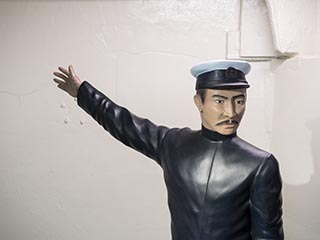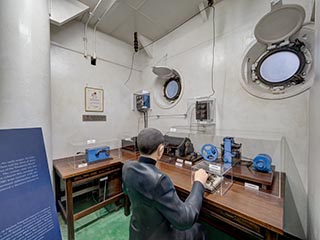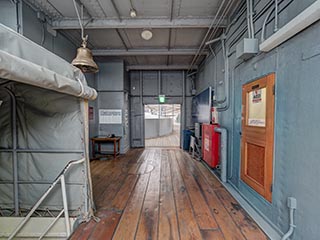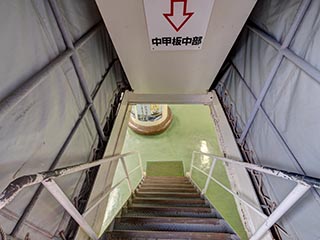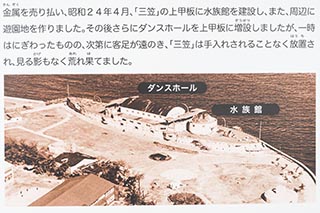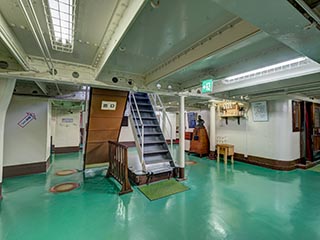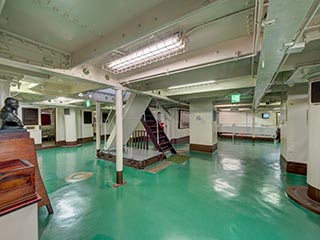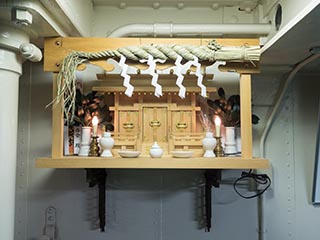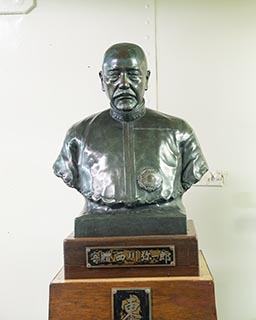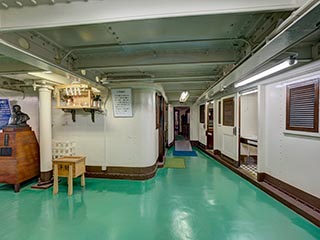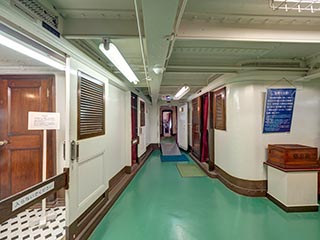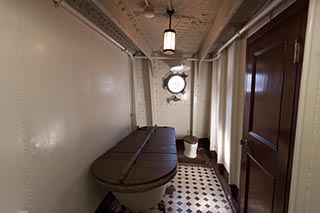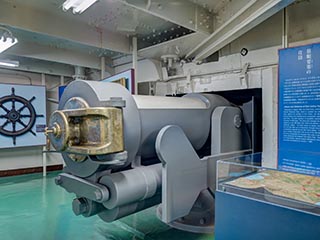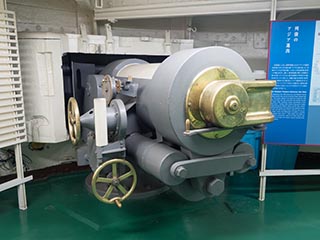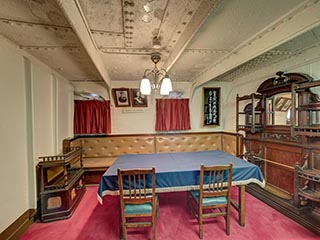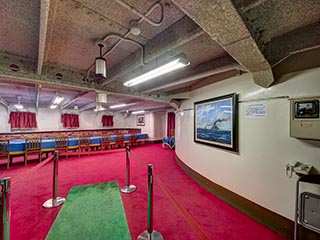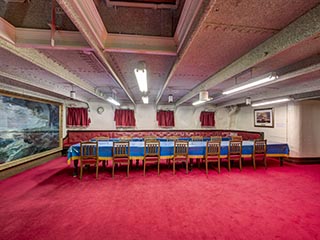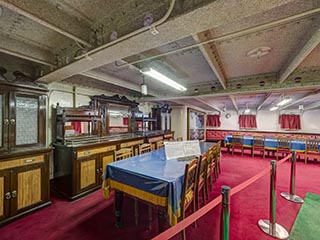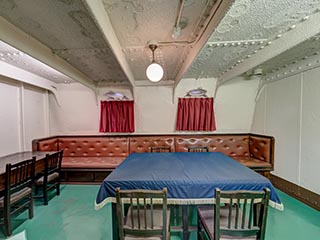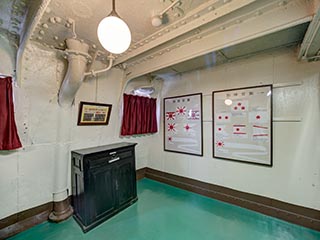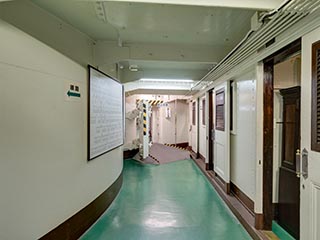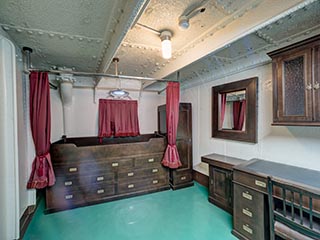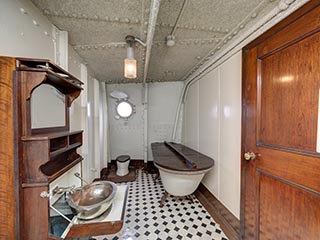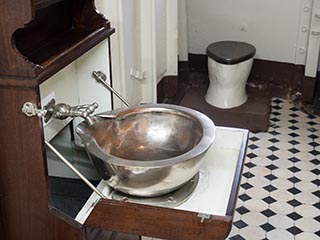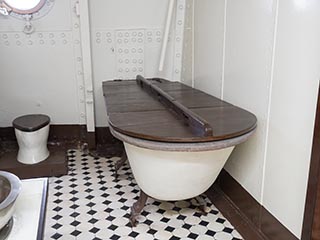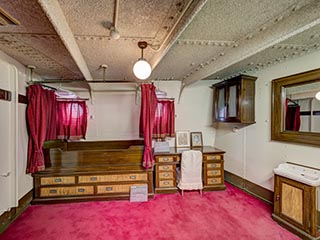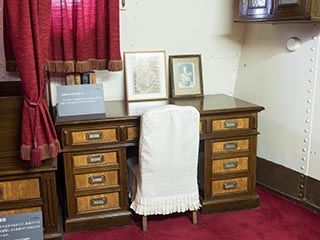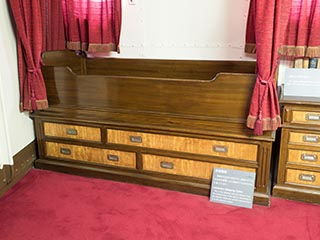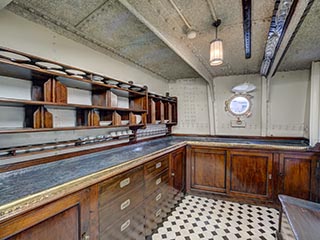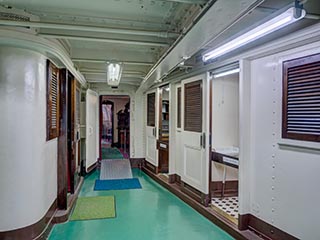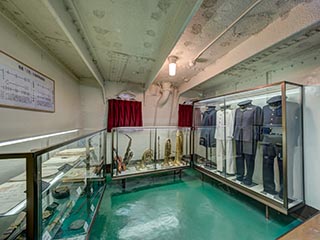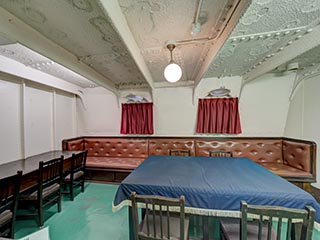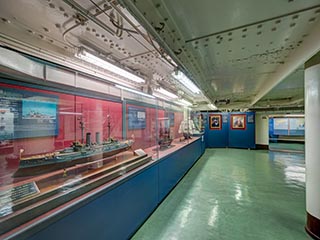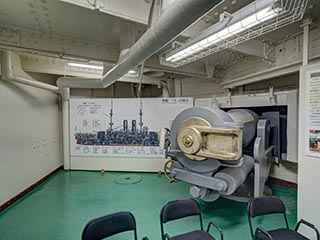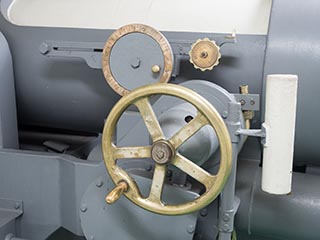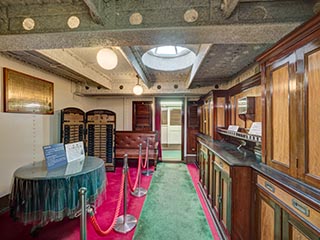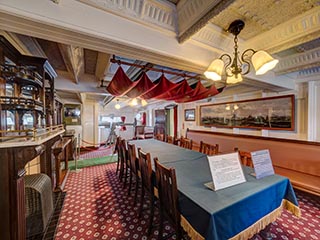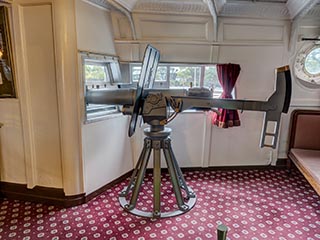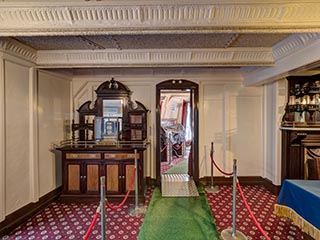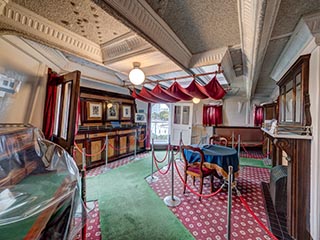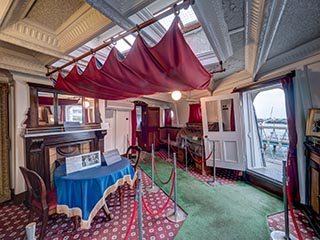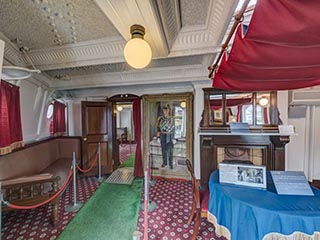Apart from naval history enthusiasts, not many people know that Japan is home to the world's only surviving pre-dreadnought battleship, the Mikasa. She was Admiral Togo's flagship during the Russo-Japanese War, and led the Japanese fleet at the Battle of Tsushima, one of the most one-sided and decisive naval victories in history. She is now preserved as a museum ship at Yokosuka.
She was laid down by Vickers at Barrow-in-Furness, England in 1899 and finished in 1902. Britain sadly neglected to preserve a single battleship for posterity, so Mikasa is now the newest British-built battleship still in existence anywhere in the world.
Mikasa's armament was typical of British battleship designs of the period, with two twin twelve inch gun turrets, and batteries of six inch and smaller guns amidships. The original 40 calibre 12 inch and 6 inch guns were upgraded to more powerful 45 calibre weapons after the Russo-Japanese War, when Mikasa was repaired after suffering a magazine explosion in 1905.
Mikasa was decommissioned in 1922, and preserved as a museum ship, with her hull permanently encased in concrete. By 1945 she had long been a hopelessly obsolete, immobile memorial ship, of no military value. Despite this, when Japan was demilitarized after the Second World War, she was stripped of her armament, masts, and much of her superstructure. She was then sadly neglected and allowed to deteriorate for some years.
When I visited the ship in 2016 I saw an old photograph from this period, and was shocked to see just how bad she looked. A dance hall had even been built on the deck amidships, and there was an aquarium where the aft 12 inch gun turret used to be. Fortunately restoration work on Mikasa was started in the mid fifties, and she was reopened as a museum ship in 1961.
According to some history websites, some of the guns used in the restoration were taken from the Chilean battleship Almirante Latorre, which was being scrapped in Japan at the time. Almirante Latorre had served with the Royal Navy during the First World War as HMS Canada, and was a veteran of Jutland, so it would have been interesting if some of her guns had been preserved. I asked one of the museum attendants about this when I visited Mikasa in 2016, but he told me that it was not correct. He said that although some equipment from Almirante Latorre was used in the restoration, none of the guns were. The guns now on Mikasa are apparently all replicas.
When I visited in 2005 the ship bore a banner commemorating the 100th anniversary of the Battle of Tsushima, which the Japanese call the Battle of the Sea of Japan:
100th Anniversary of the Battle of the Sea of Japan. Learn from the Meiji era's strong spirit to preserve our country's independence and safety.
Anyone with an interest in naval history or ships should definitely visit Mikasa if they get the chance. You can find all the necessary information to plan your visit on the Mikasa's website.
I've visited her on multiple occasions over the years. The photographs below were taken in 2005, 2008, and 2016.
